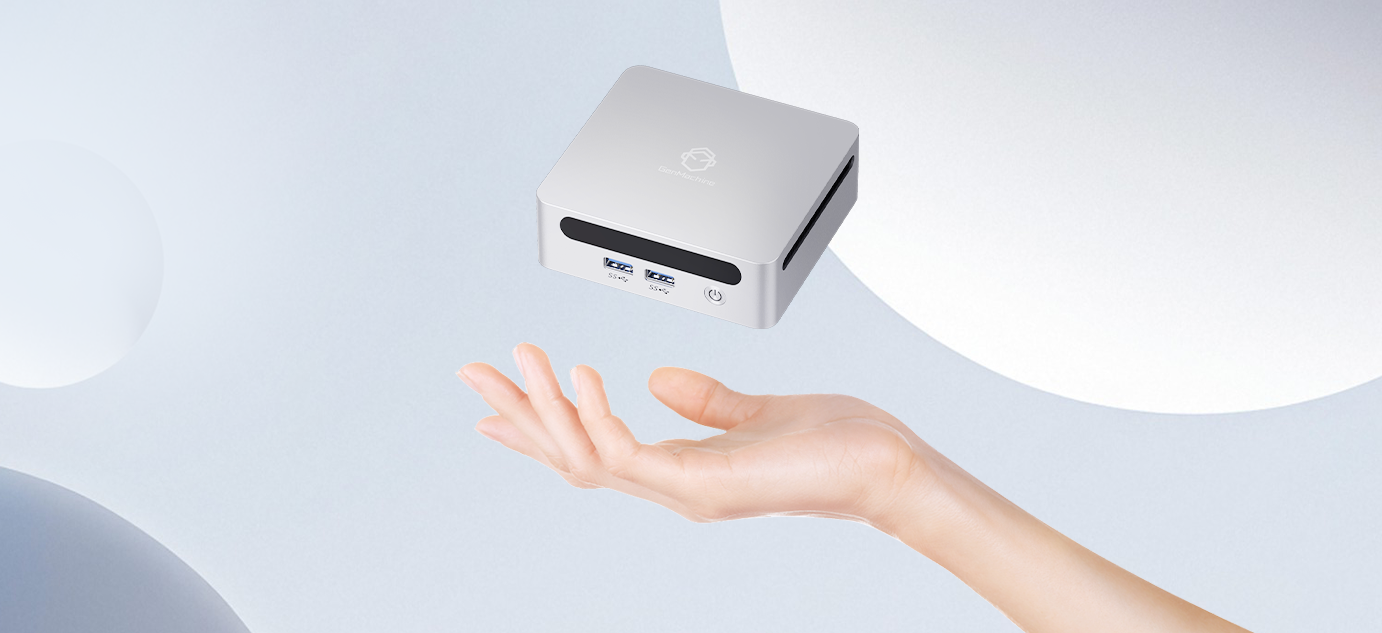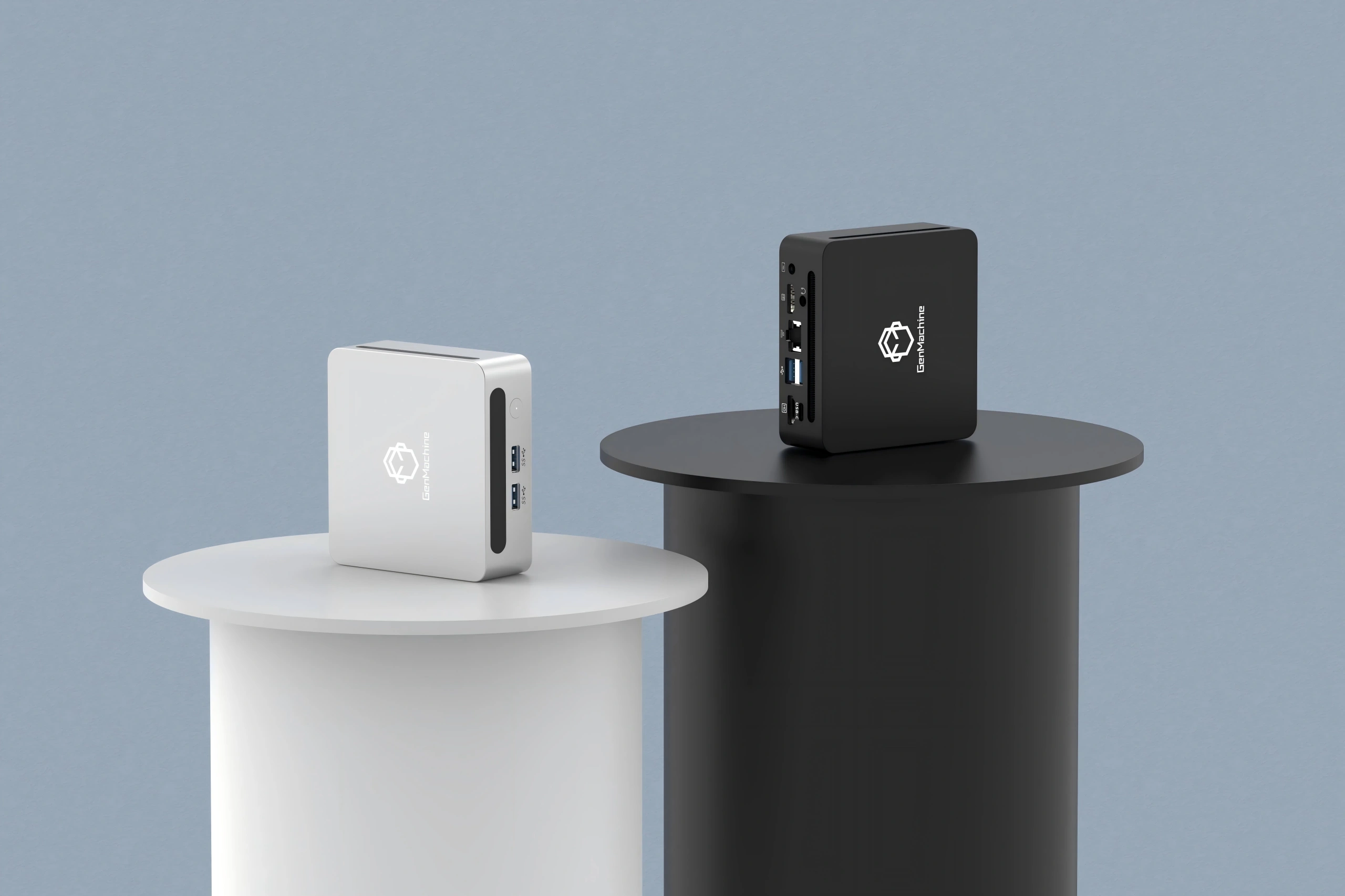

Mini PC interface is very rich in types and functions, the following are common interfaces and their detailed descriptions:
- Video Output Interface
HDMI interface: support high-definition video output, usually used to connect the monitor, TV or projector. HDMI 2.0 and above version supports 4K@60Hz video transmission.
DisplayPort interface: supports higher resolution and refresh rate, DisplayPort 1.4 can support 8K video output.
USB-C interface (support DisplayPort Alt Mode): can be used for data transmission, power supply and video output at the same time. - Data Transfer Interface
USB interface:
USB 3.2 Gen 1/2: Provides high-speed data transfer, supports external storage devices, keyboard, mouse, etc.
USB 4 interface: Supports higher transfer rate (up to 40Gbps) and can be used as a full-featured interface to support video output and 100W power supply.
Thunderbolt interface: supports high-speed data transfer and external graphics card, usually compatible with USB-C interface. - Network Interface
RJ45 Ethernet interface: Provides wired network connection, supports 2.5Gbps or 1Gbps high-speed network.
Wi-Fi 6/6E: Supports wireless network connection, providing faster transmission speed and lower latency. - Audio Interface
3.5mm audio interface: for connecting audio devices such as headphones and microphone.
HDMI interface: can also be used for audio output. - Power Interface
DC-in connector: for connecting power adapter.
USB-C interface (support PD power supply): can be used for power supply and data transmission at the same time. - Other interfaces
Micro SD card slot: for expanding storage.
COM interface: for connecting industrial equipment or serial devices.
VGA interface: supports the connection of traditional monitors. - Configurable interfaces
Some Mini PCs provide configurable interfaces, users can choose DisplayPort, VGA, LAN or COM interface according to their needs.
Application Scenarios
Home entertainment: Connect to a TV or monitor via HDMI or DisplayPort to enjoy high-definition video and audio.
Office needs: Connect peripherals via USB port and wired network via RJ45 port.
Industrial use: Connect industrial equipment via COM port.
The interface design of Mini PC usually balances portability and functionality to meet the needs of multiple usage scenarios.






